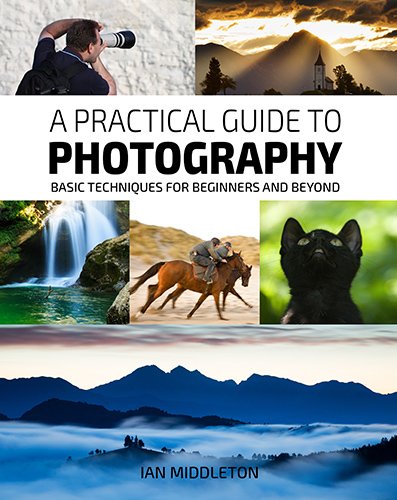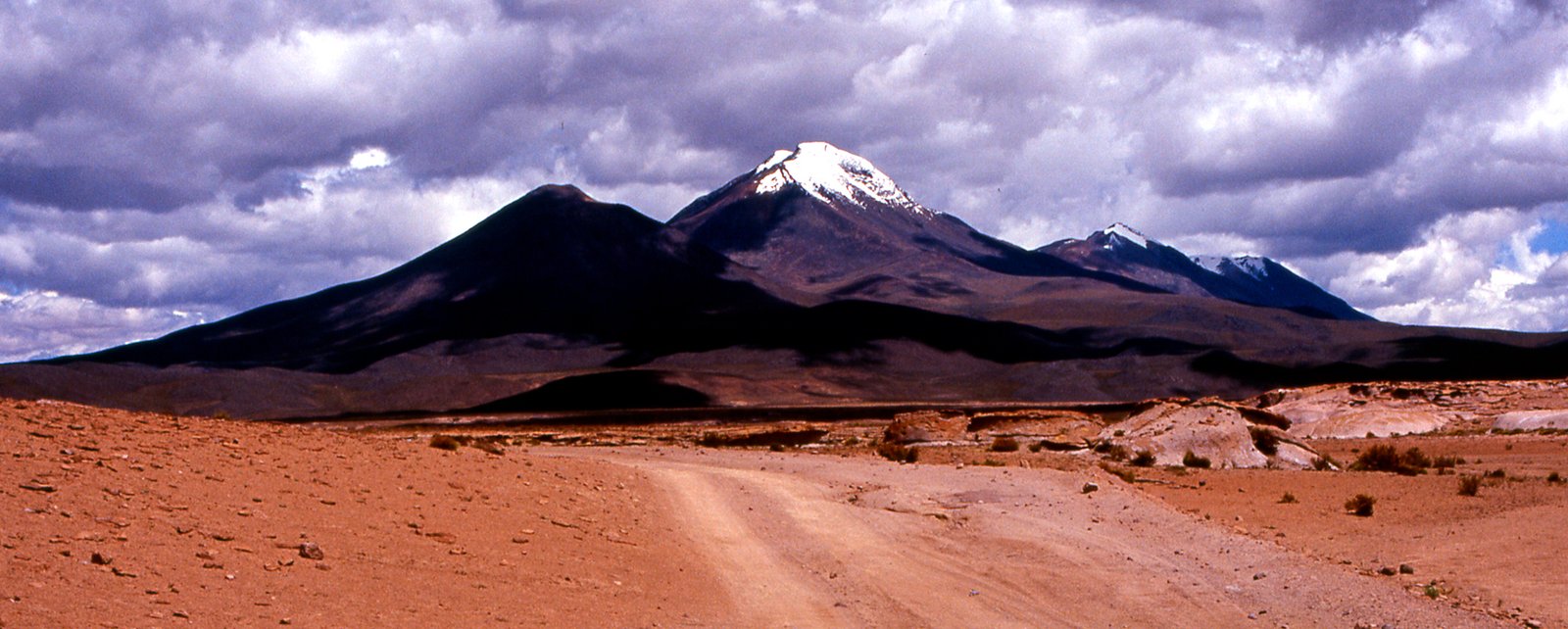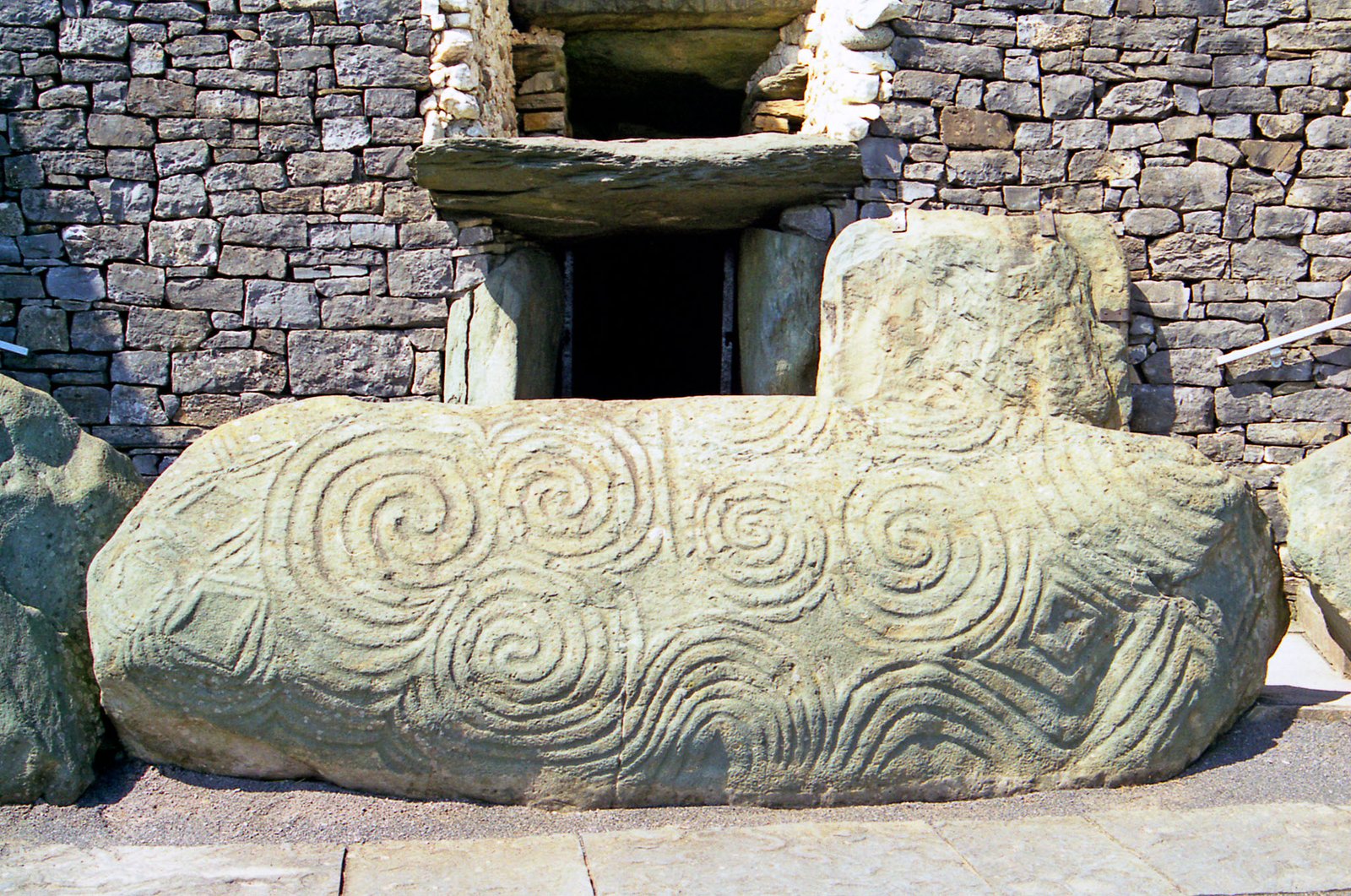With a total area of 564 km², Kočevje municipality is the largest in Slovenia, yet its remoteness and turbulent history have also left it sparsely populated. To this end the densely-wooded mountain range has become a haven for nature, and boasts pristine forests with towering trees where the sun fights to break through and abundant wildlife roams freely, relatively undisturbed by the encroachment of mankind.
The morning sun filters through the thick forest of golden autumnal trees, casting patches of soft scattered light across the fallen leaves coating the forest floor. Birds sing in the distant treetops, while red deer, lynx, wolves and wild boar quietly go about their daily routine of foraging for food in this land of plenty. Somewhere deep in the woods brown bears are fattening up in preparation for their long winter hibernation. If you want to know how life was before the onslaught of modern industry, then this is the place to be.

Lying just 60kms south of Ljubljana, the town of Kočevje is the largest in the area. A castle once stood at its heart right up until WW2, when it was completely destroyed. Now the most dominant feature is the twin spires of the lovely Church of St. Fabian and St. Sebastian, overlooking the Rinža River. Standing on the bridge you’ll see a horizon dominated on either side by mountainous forests.
For many years coal was mined on the outskirts of Kočevje, but in 1978 miners struck open a well that gushed forth uncontrollably. The mine’s tunnels collapsed and the area flooded with water, forming the present day lake which is now the town’s recreational centre. The water here is extremely pure and the lake has a surface area of 34 hectares and a depth of 28 metres. Among the area’s many inhabitants are 64 species of birdlife, 15 of which are endangered. And the lake is home to many types of fish, including the crayfish.
Lorem ipsum dolor sit amet, consectetur adipiscing elit. Ut elit tellus, luctus nec ullamcorper mattis, pulvinar dapibus leo.
Hidden deep in the woods

The Dinaric Mountains of the Kočevje municipality are the most densely forested in central Europe. The karst features of the landscape means there is an abundance of hidden caves. An entire community could live here un-detected for years, which is exactly what happened during the waning years of WW2. The Kočevski Rog, to the east of town, was the hiding place for partisan movements. A community of 200 flourished here, hidden from the enemy and free to set up printing presses, military bases and hospitals and co-ordinate plans of attack. Rog Baza (Base 20) was the centre of operations.
This region was virtually uninhabited up until the year 1330 when the first wave of German farmers arrived. Kočevje is actually derived from the German, Gottschee. For 600 years the Germans were a dominant culture in this region until they were all kicked out after the end of WW2. Some though, along with other collaborators and opponents to the partisans, were systematically taken to remote locations in the surrounding forests and shot.
After the war the region once again became sparsely populated, and this was exacerbated by much of the area being designated off-limits to the public until Slovenia’s independence from Yugoslavia in 1991.
An untouched wilderness
The remoteness of this land has also resulted in the preservation of much of its natural habitat. This has been aided by the introduction of primeval forests. These so-called virgin forests are completely off-limits to the public, and all cutting or removal of trees is forbidden. Of the twelve in Slovenia, six are here. In these sections of forest nature is allowed to propagate without outside interference and it provides a safe haven for the prolific wildlife that inhabits these hills, including two of Slovenia’s poisonous snakes: the viper and adder.

The king of the Slovenia forest

As you enter the municipality a large sign will announce you are in the land of forests, and to illustrate this, a large brown bear is being nuzzled by its cub. This is likely the only time you will see this symbol of Kočevje, as the elusive brown bear is difficult to spot in the wild (should you dare to try). Slovenia’s bear population increased during the war in the Balkans, when many fled Croatia for the Kočevje hills – invoking the image of a family of refugee bears sitting beside the main road holding a cardboard sign that reads: Kočevje.
Wildlife Tours
If you would like to go on a bear watching or wildlife tour then check out Fotonatur
The Kolpa River

The mountains taper off to the south and fall into the gorgeous Kolpa Valley, where the river forms the border with Croatia. Although sparsely populated, the numbers swell in the summer when the valley fills up with holidaymakers and weekenders. They flood here to canoe and kayak the river and its rapids, which are at their best in spring.
This is truly a special place where nature and wildlife lovers can revel in peace and tranquillity, and with a little luck and lot of patience, might be fortunate enough to encounter Slovenia’s biggest, fiercest and cutest creature.












One Response